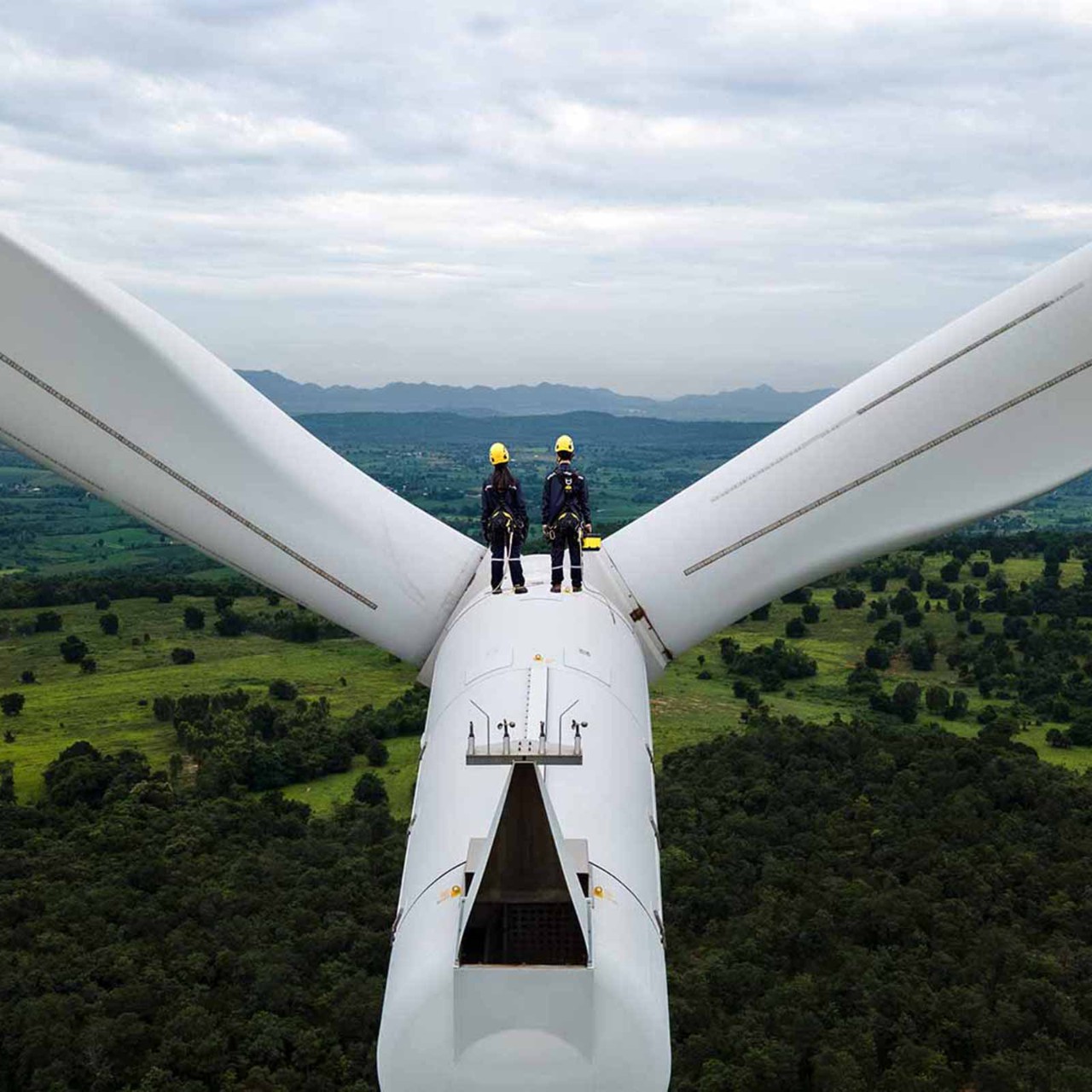
Over the past year, three factors have hurt the global economy and Asia. Geopolitical developments have unleashed an energy price shock and undermined business confidence; aggressive monetary tightening has slowed demand and triggered financial stresses; and China’s economy, the second largest in the world, has lost momentum. The International Monetary Fund, among others, has downgraded economic growth forecasts for 2023 while warning of significant further downside risks.
It is hard to argue against the potential pitfalls that may beset the world and Asian economies, given the many headwinds that are present. However, to get an accurate reading of the overall outlook, we need to also consider factors that might mitigate the downside risks – of which there are several that observers might be under-estimating.
China recovers
What happens in China will have a significant impact on the world economy. The latest data show the economy picking itself up from the near-standstill it experienced in the second quarter when output grew by 0.4% over the same period in 2021.
From July to September, economic growth accelerated to 3.9%. Industrial production and fixed-asset investment gained momentum in September. Retail sales growth remained weak in the month but the continued strength in sales of automobiles and other durables suggests that consumers remain in relatively good shape.
China is likely to step up efforts to boost economic activity. The authorities will be careful to avoid the excessive stimulus of previous years that led to debt and over-investment. But they will gradually provide more support to the real-estate sector and expand investment in infrastructure, while ramping up efforts to manage the financial stresses that have caused a rise in defaults.

Technological advances can provide a compelling case for investment even during a period of slow economic growth
Economic boosts
There are a number of other drivers of the world economy that could spring a pleasant surprise:
- We expect oil prices to fall further in early 2023. Global demand is set to weaken as the overall world economy slows. There is also bound to be some supply response to the incentive of high prices.
- We also believe that while a decelerating world economy and rising interest rates are hindrances, corporate capital spending should hold up better than expected. Technological advances in areas as diverse as information technology, biomedical sciences and renewable energy can provide a compelling case for investment even during a period of slow economic growth. Industrial policies in the US and Europe are also encouraging investments such as in semiconductor facilities in the US.
Supply chain restarts
For South-East Asian economies, there are added tailwinds. First, the reconfiguration of supply chains appears to be regaining traction now that the pandemic is less of a concern – countries such as Vietnam are major winners from this trend.
Second, the reopening of borders in the region has resulted in a surge in tourist arrivals. For countries such as Thailand, where roughly 20% of the economy depended either directly or indirectly on tourism, this is a substantial positive. Finally, the region is also poised for another bout of stepped-up infrastructure spending.
In short, we agree that the global economy will probably slow next year. However, what we would like to highlight is that there are some offsetting forces at work so that the overall outlook will not be too pessimistic, especially in South-East Asia.



